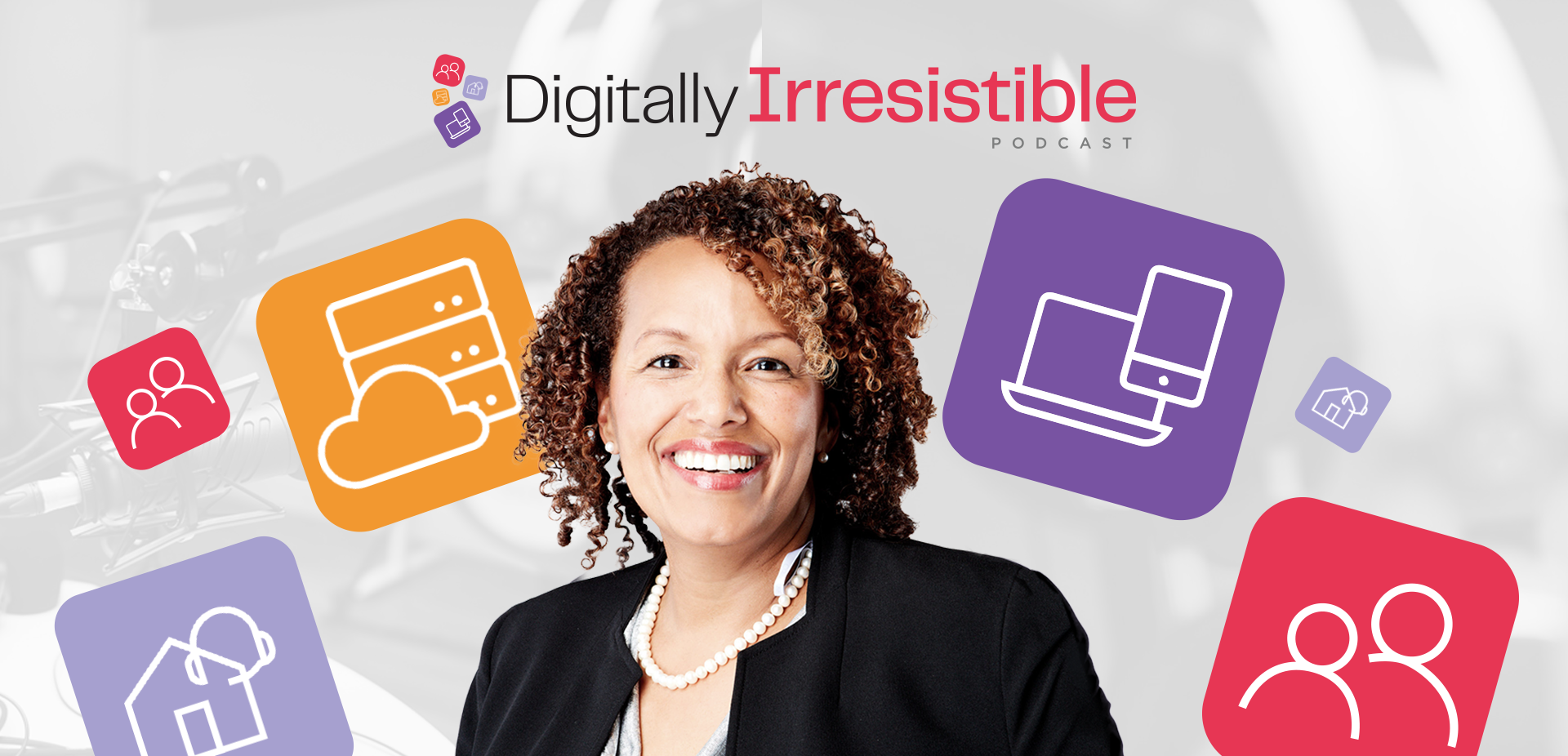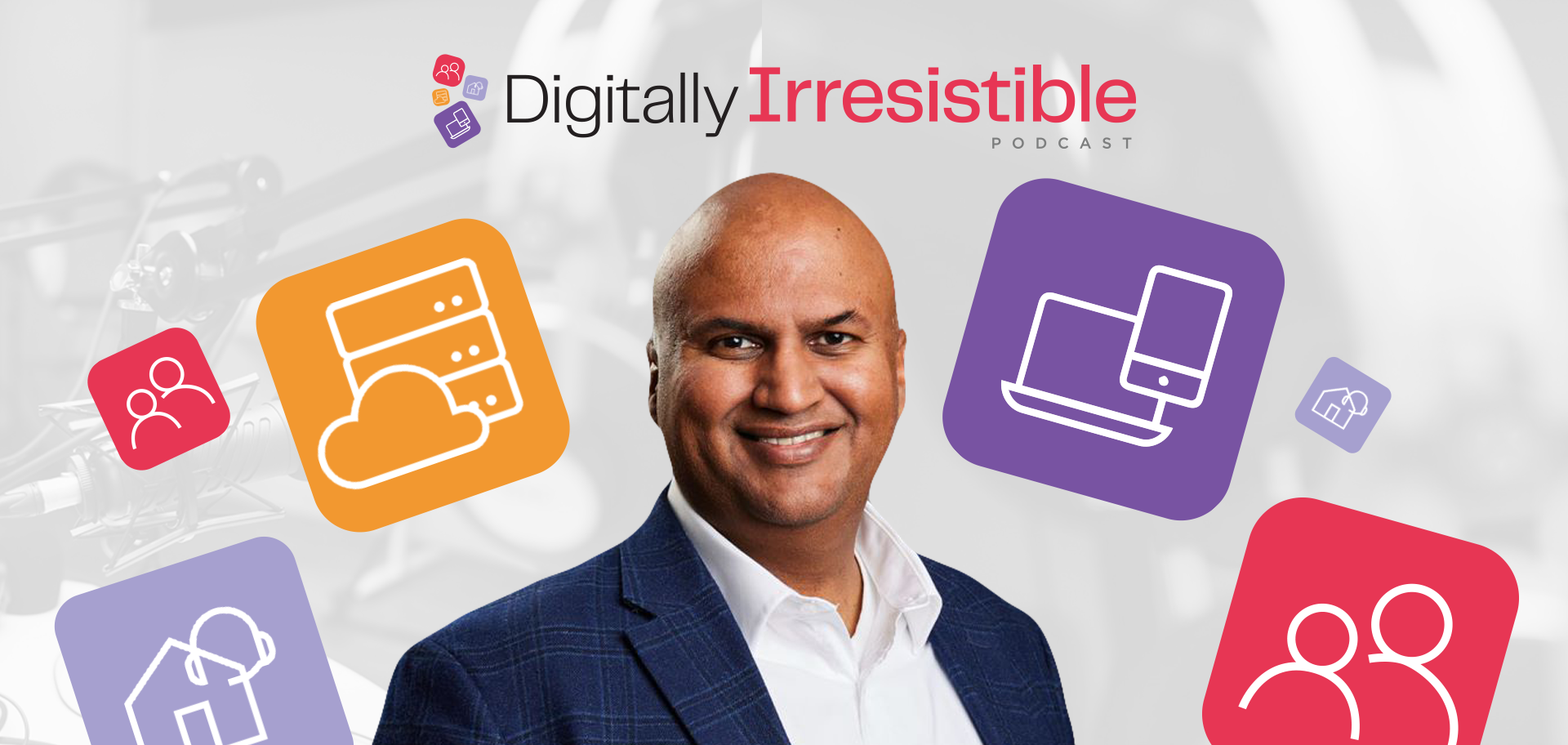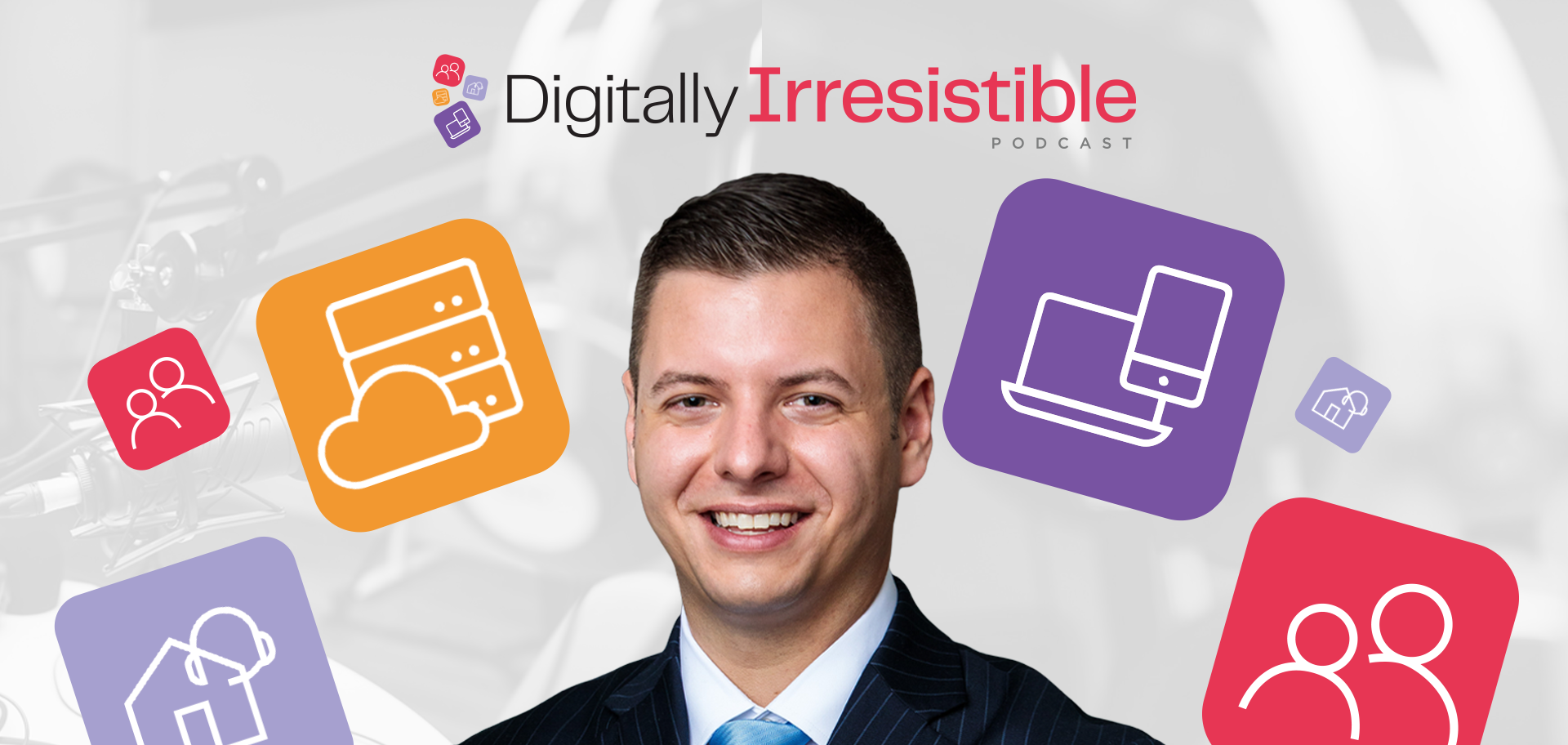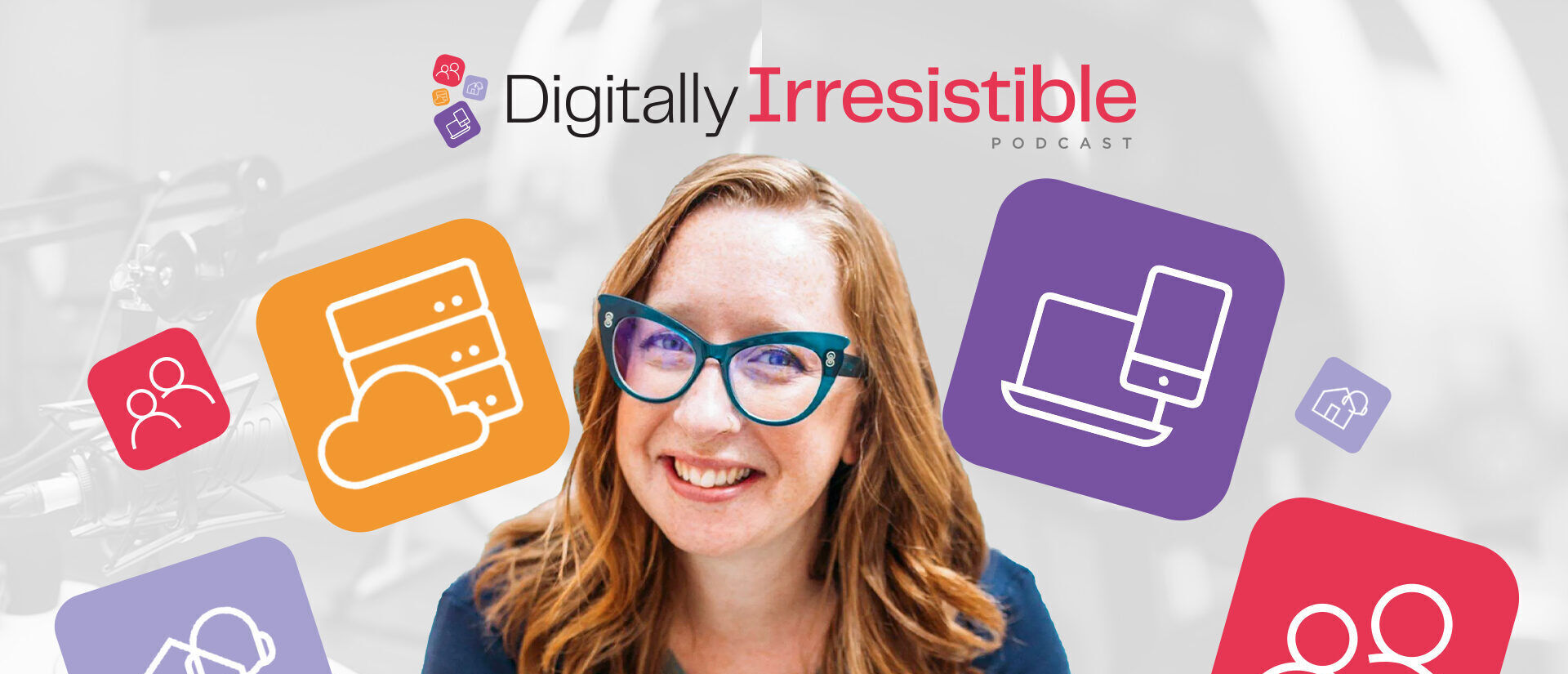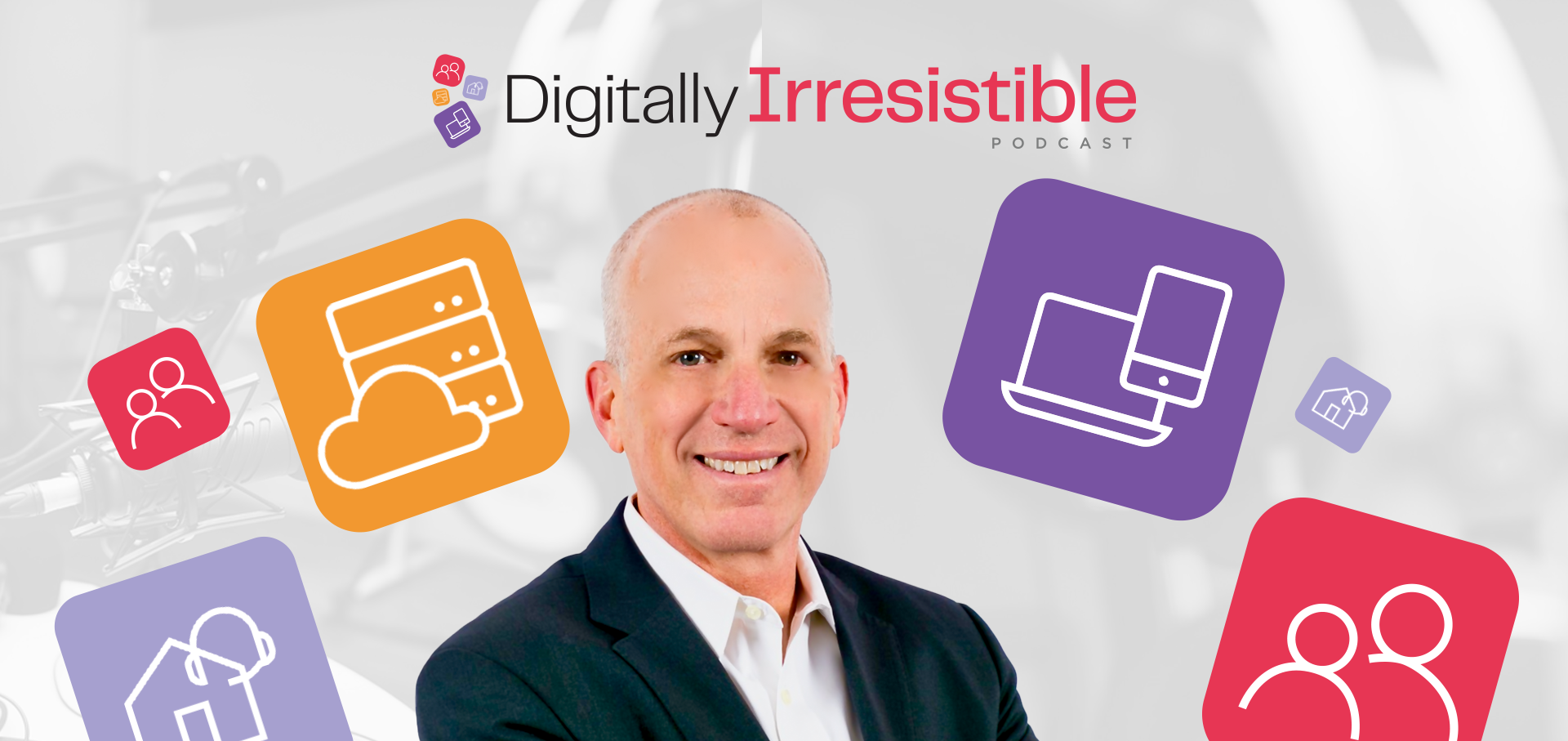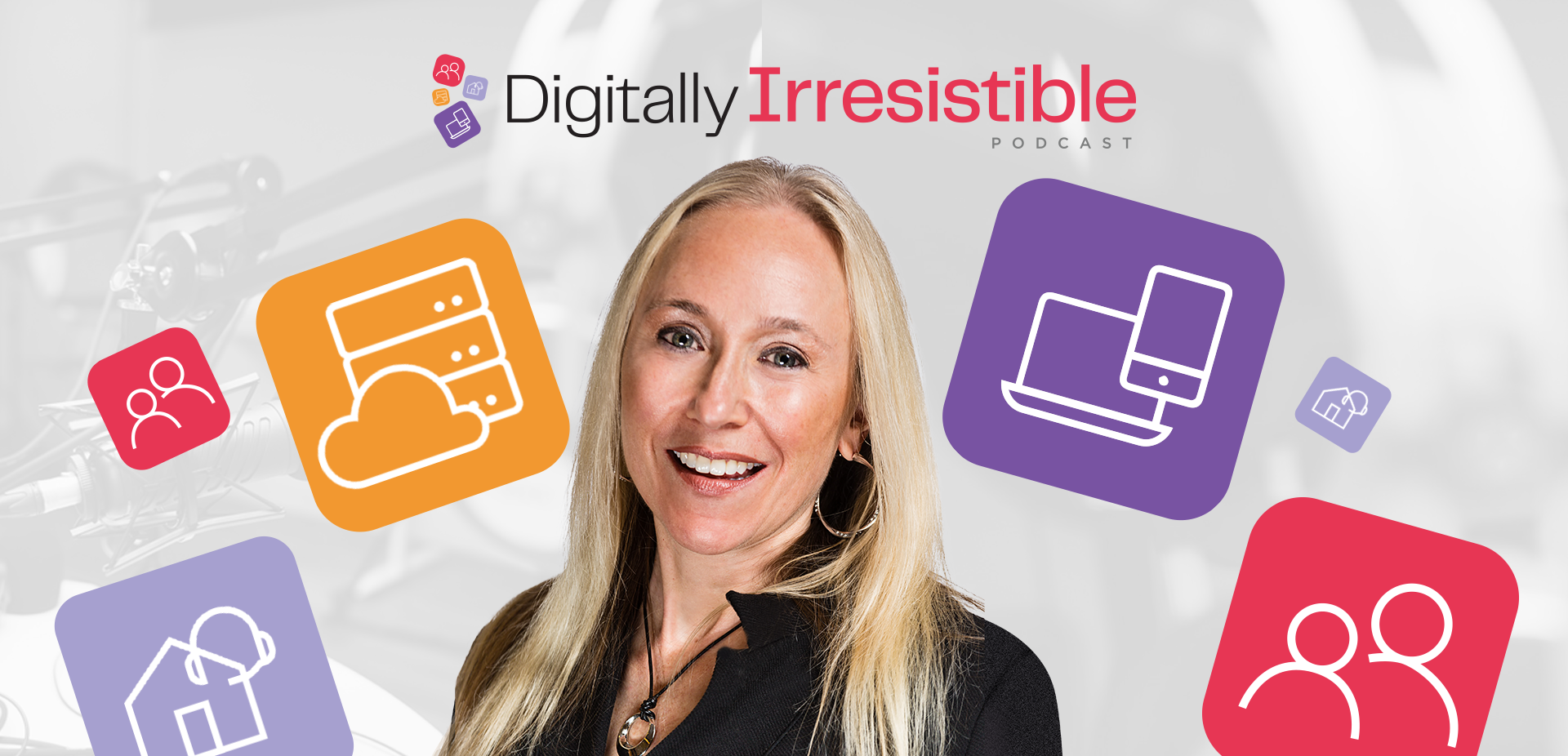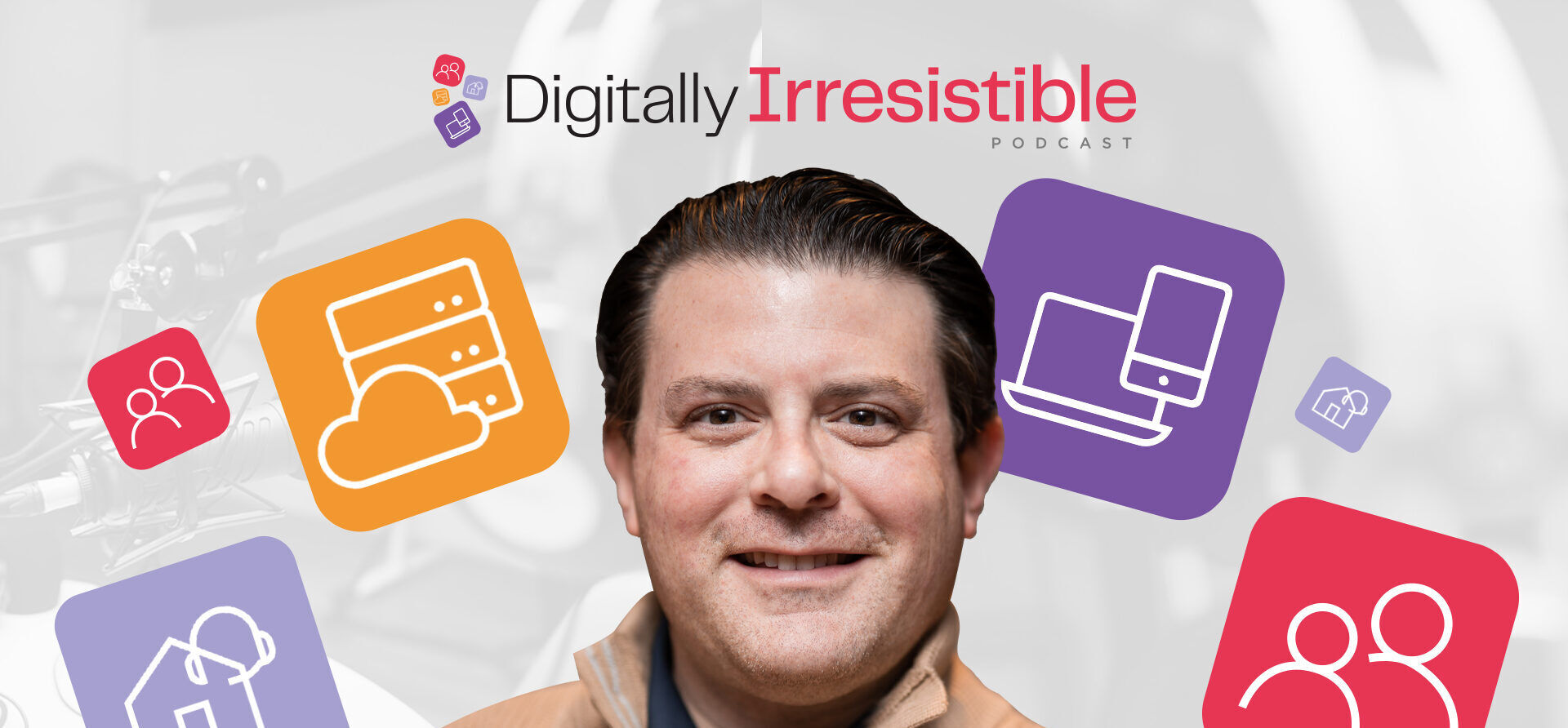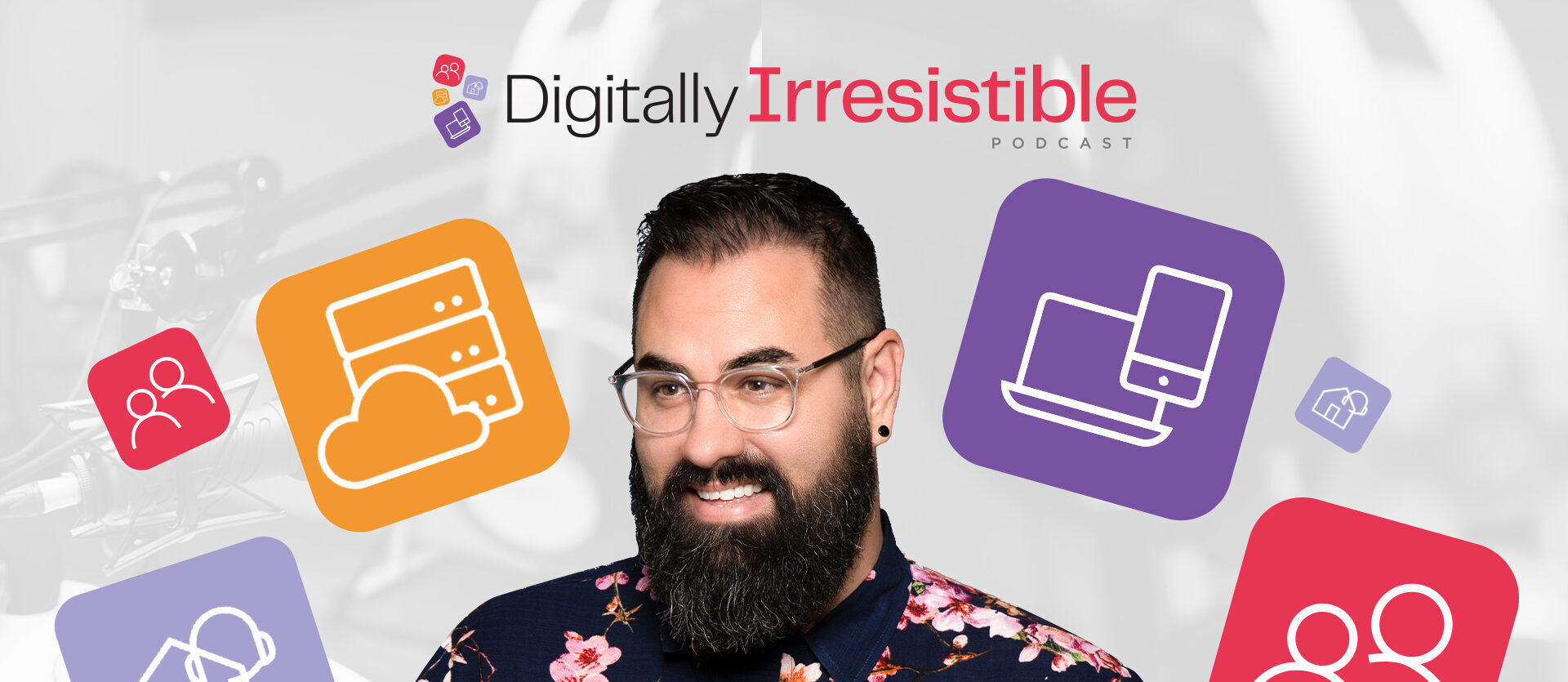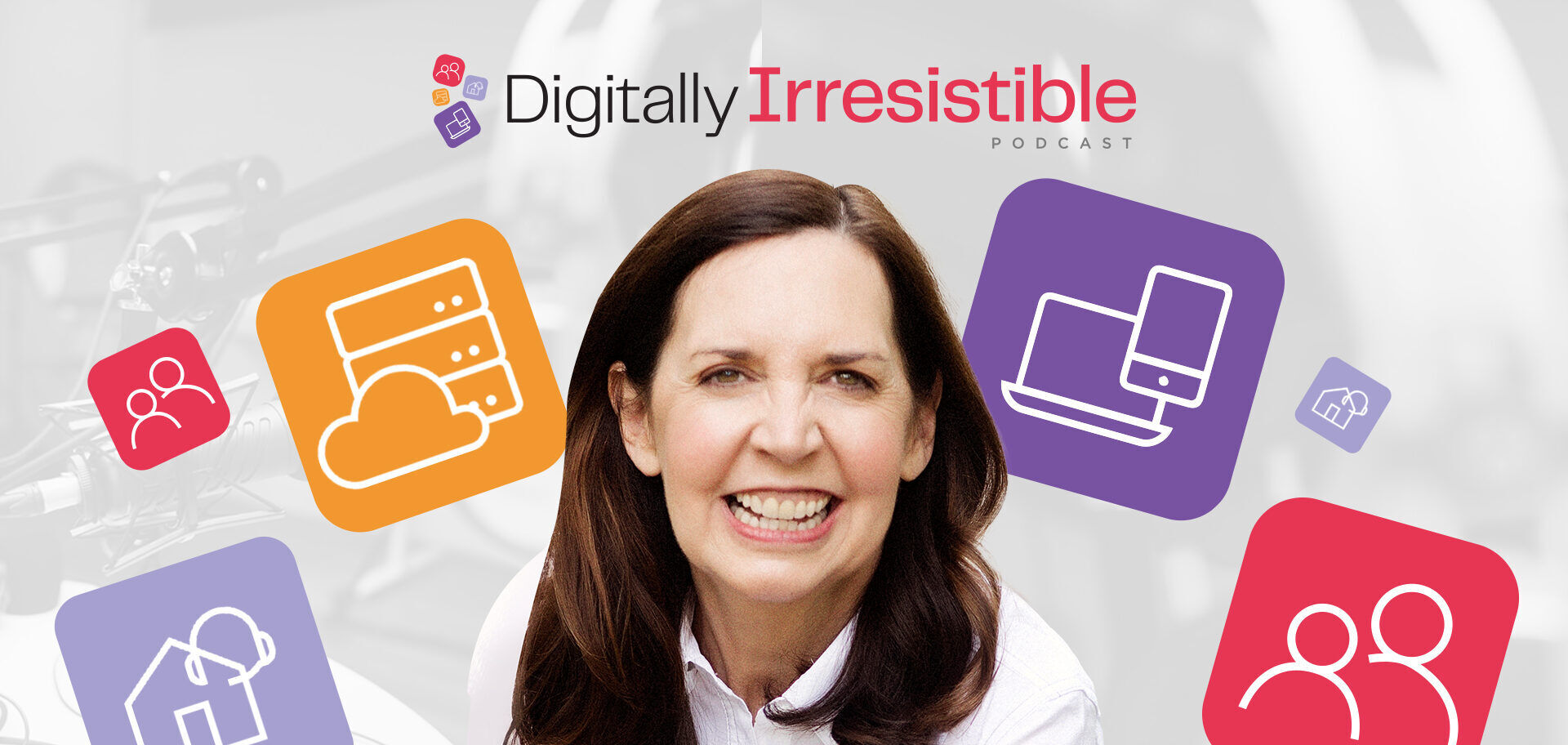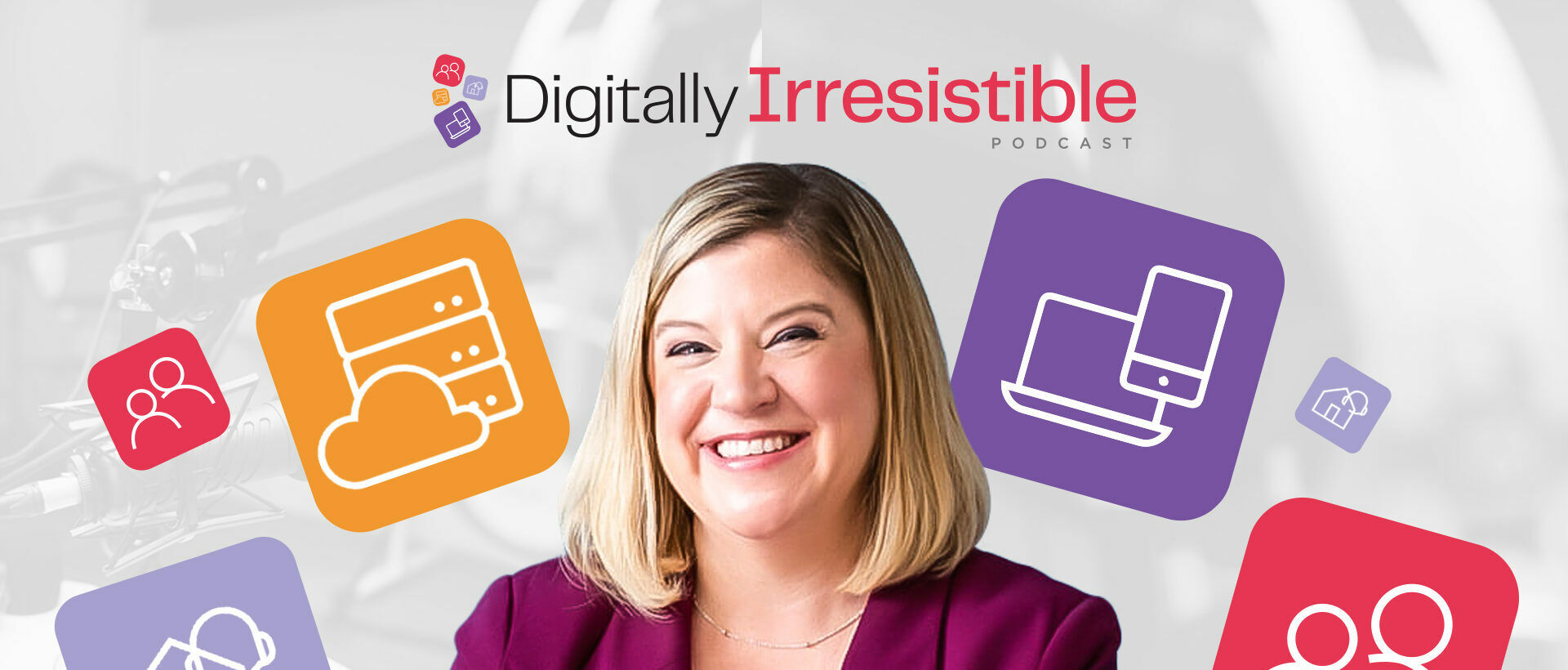Building a Transformative Culture of Caring Leadership and Active Listening Inspires Employees and Elevates CX
This week’s guest on the Digitally Irresistible podcast is Heather R Younger, founder and CEO of Employee Fanatix, a leading employee engagement, leadership development, and DEI consulting firm. Heather is on a mission to help leaders understand the power they possess to ensure employees feel valued at work. Heather has built a reputation as a champion for positive change in workplaces, communities, and the world at large by delivering clear and purposeful strategies that drive real business results—such as increased employee engagement, loyalty, collaboration, and connectivity. On this episode, we discuss three key principles from her book, “The Art of Caring Leadership.”
The Impact of Caring
Heather experienced the importance of caring from a young age. Born into a mixed-race family, she and her dad were viewed as outcasts by many in her mom’s family. But one aunt on her mom’s side always made her feel included and worthy of her care and attention.
When Heather was nine, her family moved from Ohio to Las Vegas. She remembers her aunt sending her a large box of eight individually wrapped gifts for every day of Hannukah. To Heather, the box represented the connection between her and the other half of her family that didn’t really make her feel included or cared for, but her aunt did.
Her aunt demonstrated that she was a leader with heart. That has stuck with Heather and helped build the foundation for what she does around the world to guide others towards caring leadership.
Three Key Principles of Caring Leadership
In her book, “The Art of Caring Leadership,” Heather writes about how to build greater trust and engagement in the workplace through caring leadership that promotes inclusive cultures, improves morale, and builds resiliency. On this episode, she shares three key principles of leadership that inspire loyalty and improve retention and performance—translating to better employee and customer experiences.
- Cultivating Self-Leadership
Often when we think of leadership, we think of leading others. We think we need to do something for someone else first. But Heather says it’s important to make sure leaders care for themselves first, before caring for others. She says each day should begin with a focus on self-leadership. This includes making sure your words and actions align with the things you say you value, being authentically yourself, exercising good self-care, and building a strong supportive network.
Heather emphasizes that cultivating self-leadership first, helps us give from the positive sides of ourselves, not the empty parts that we then rely on others to fill. She explains this with a metaphor someone shared with her about a coffee cup and a saucer. If you pour into the coffee cup and it overflows onto the saucer, caring leaders should give from the overflow. If you don’t, then you’re drinking from the coffee cup and giving from the coffee cup and it will eventually run dry. You’ll have nothing left to give.
- Making People Feel Important
Heather says there’s nothing better we can do for a person than making them feel important. It’s critically important that managers recognize and show appreciation for people at work in specific ways so they feel appreciated and recognized.
According to Gallup research, only one in three workers in the U.S. and Germany strongly agree that they received recognition in the past seven days for doing good work. If they haven’t received praise, they don’t feel appreciated and are twice as likely to say they’ll quit in the next year.
To address this, Heather says workplaces must be filled with appreciation and gratitude. They also need to foster strong human connections with leaders, the organization’s brand, customers, and coworkers. ![]() She recognizes the importance of looking at touchpoints throughout the employee journey and ensure they feel connected. Once employees feel disconnected, they care less about the organization’s mission, less about the tasks and processes to be completed, and they want to do less, they start to check out, and then they leave.
She recognizes the importance of looking at touchpoints throughout the employee journey and ensure they feel connected. Once employees feel disconnected, they care less about the organization’s mission, less about the tasks and processes to be completed, and they want to do less, they start to check out, and then they leave.
Heather senses that organizational leaders know the importance of appreciating employees, but the number of leaders that practice it on a regular basis is likely much lower. To help incorporate employee recognition into organizational cultures, Heather works with executive members and team members within organizations to build employee engagement and DEI practices with accountability. She ensures thoughts and actions align to produce results that employees and customers actually need.
- A Culture of Listening
To demonstrate the importance of listening, Heather talks about when each of her four children were babies. They’d make cooing sounds in their cribs and were so happy when their voices produced the results they needed—mommy or daddy arrived at their side. Then there were times when they made noises and she wouldn’t go to their crib and they’d start throwing or knocking things. Our voices are innate and they make us us. At work it’s no different, she says. If we use our voices and no one responds, or cares, or listens, then we feel inconsequential; we feel like cogs in a wheel spinning to achieve an end goal that doesn’t align with our own goals.
Listening is critical. Heather has a five-step process for listening and an upcoming book on the art of active listening to ensure people at work feel heard, valued, and understood.
Of all the things organizations want at work—employee engagement, customer satisfaction, customer retention, higher revenues—we’ll never reach those goals if we can’t listen to stakeholders to give them what they need. Listening helps people feel important and know you care. Then they want to engage with you.
This aligns with who we are at iQor and our strong customer service culture. We prioritize helping customer service agents, supervisors, and all other employees understand how important they are to us as people, not just from a business perspective.
Reflect on Your Leadership Goals
To sum up her approach to caring leadership and put it in perspective for all leaders, Heather recommends identifying a person you’ve worked with, a manager or not, who made you feel like you could do anything. Someone who appreciated you and recognized the work you did every day. Then think about someone who made you feel small and inconsequential at work—like you were just there to get a job done. Which person do you want to be? You’ll be remembered either way, but as which type of leader? This is a choice leaders make every day.
What Heather Does for Fun
Heather loves spending time with her crew of teenagers—her four children. They all love hanging out together, going on long walks, going to the movies, even watching double-header back-to-back movies at the theater. It doesn’t matter what they do, Heather values the time they spend together—it fills her coffee cup!
To learn more about Heather and her caring approach to leadership, check out her Leadership With Heart podcast, visit employeefanatix.com, heatheryounger.com, follow her on Twitter, and connect with her on LinkedIn.
